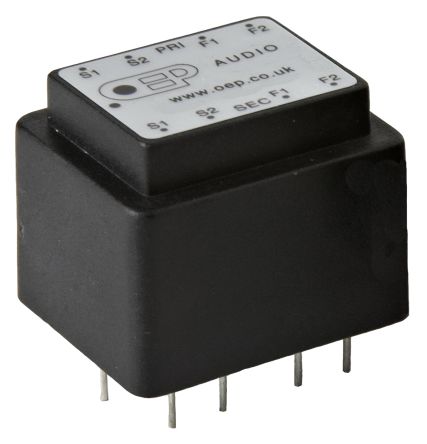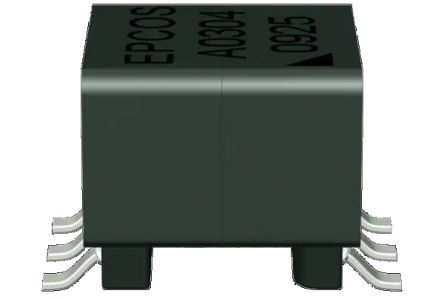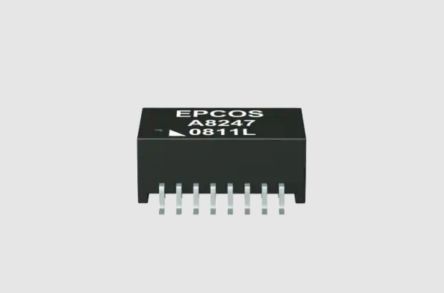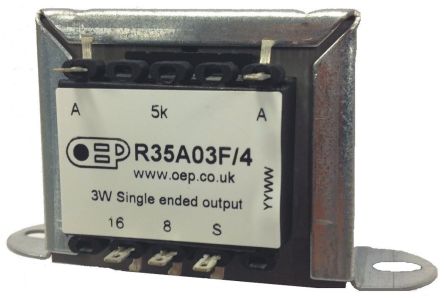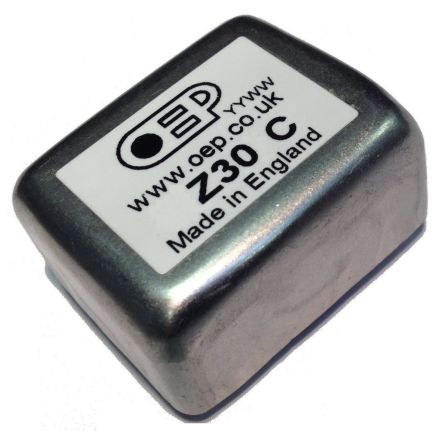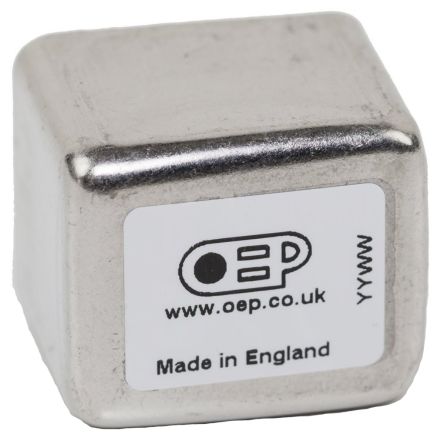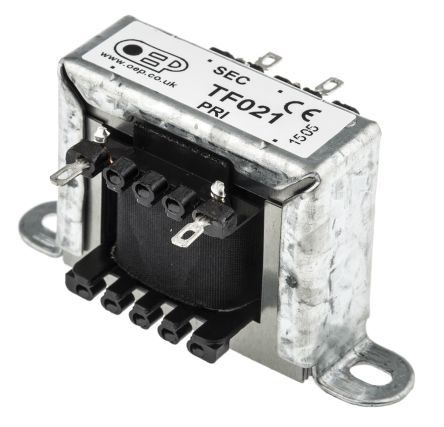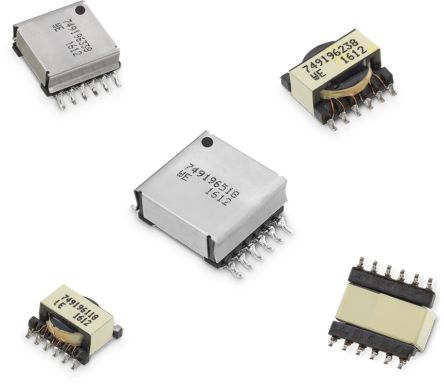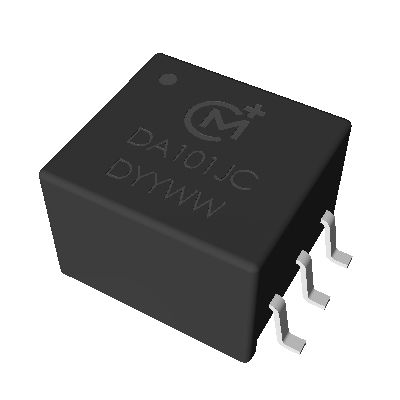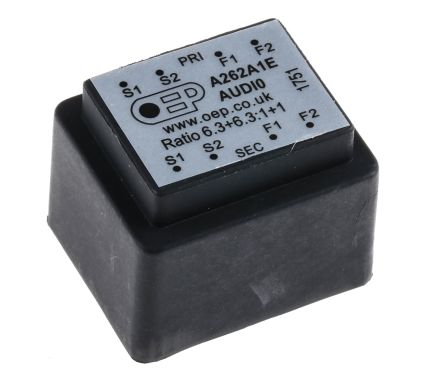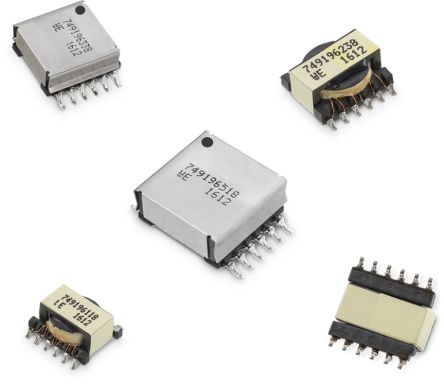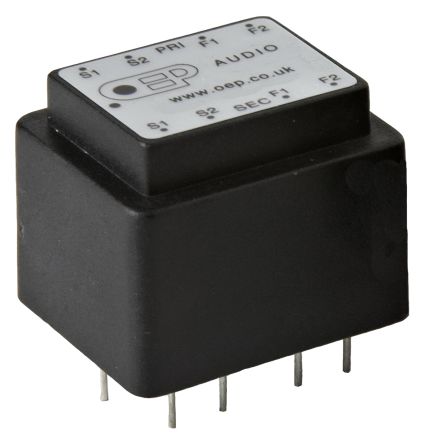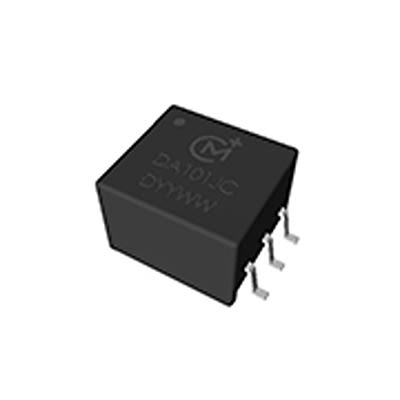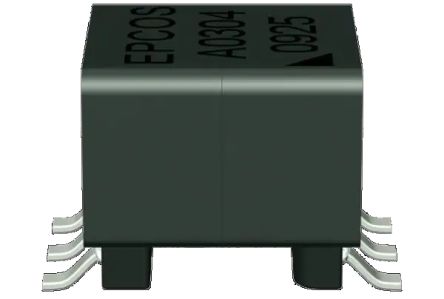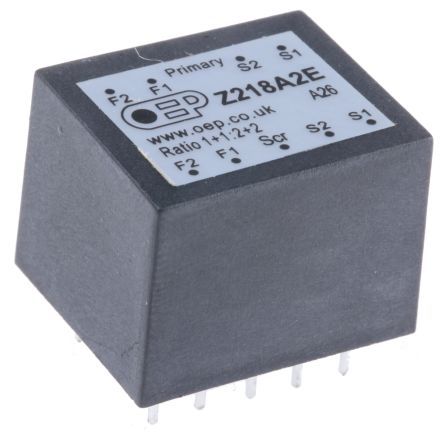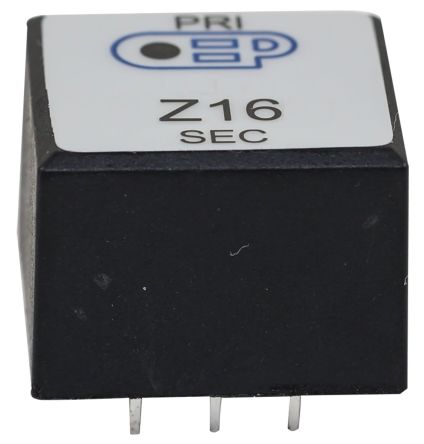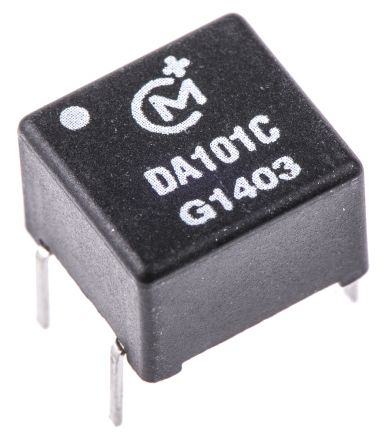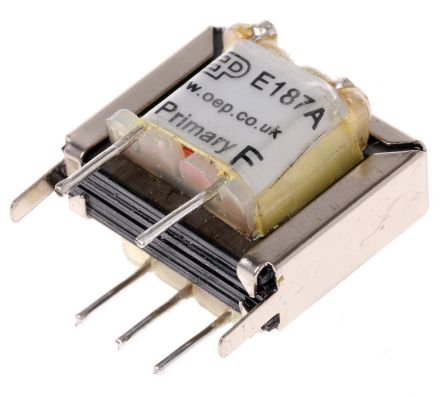- Automation & Control Gear
- Cables & Wires
- Enclosures & Server Racks
- Fuses & Circuit Breakers
- HVAC, Fans & Thermal Management
- Lighting
- Relays & Signal Conditioning
- Switches
- Batteries & Chargers
- Connectors
- Displays & Optoelectronics
- ESD Control, Cleanroom & PCB Prototyping
- Passive Components
- Power Supplies & Transformers
- Raspberry Pi, Arduino, ROCK, STEM Education & Development Tools
- Semiconductors
Audio Transformers
Audio transformers are electrical parts designed to handle high current and voltage loads. They are an important part of many home electronic systems as the primary purpose is to balance audio signal levels between the audio source (turntable, CD player, etc.) and the audio amplifier. The transformers increase or decrease the volume of an electrical signal. They are often used in amplifiers and other audio circuits for balancing sound quality and in telephone lines when making long-distance calls.
What Is An Audio Transformer?
Audio transformers are used in audio applications for impedance matching and coupling amplifiers to speakers. A transformer in an audio system is used to match the amplifier output's impedance to the speakers' impedance. The impedance matching allows for better sound quality and power transfer.
Small audio transformers are designed to operate within the audio band of frequencies. They can be used in various applications-from matching microphones with speakers to transforming high-impedance signals into low-impedance ones.
What Is An Audio Isolation Transformer?
An audio line isolation transformer is a device that separates a circuit's voltage from the ground. The audio line transformer has two coils, with the primary connected to the source (typically AC) and the secondary connected to whatever you want to isolate from the ground. A capacitor will be used if there is any leakage of current back into the primary winding or vice versa.
How Do Audio Transformers Work
The transformers allow an AC input signal to produce a related AC output signal without the output being physically connected. The AC input signal is applied to the primary winding of the transformer. The secondary winding is connected to an output circuit, which produces a related AC output signal.
Why Use An Audio Isolation Transformer
There are several reasons why you might want to use an audio isolation transformer:
Galvanic Isolation
An audio line isolation transformer provides galvanic isolation between its core's primary and secondary. Galvanic isolation means no direct electrical connection between the two sides of the device - instead, there is a magnetic coupling between them which prevents any current flow through the air (or another insulating medium).
Splitting
A transformer can split a signal into two parts when both need to be amplified separately or sent to separate locations. For example, you might use this technique when splitting a microphone signal into two different microphones. This would allow each microphone to have its gain setting so they don't overload or distort each other during recording sessions.
Balanced-Unbalanced Conversion
Isolation transformers are also useful for converting balanced signals to unbalanced signals. They're especially helpful when connecting equipment with XLR connectors (balanced) to equipment with RCA phono jacks (unbalanced). They're also useful for converting unbalanced signals from microphones transformers or line-level devices into balanced signals for professional recording equipment that requires balanced inputs.
